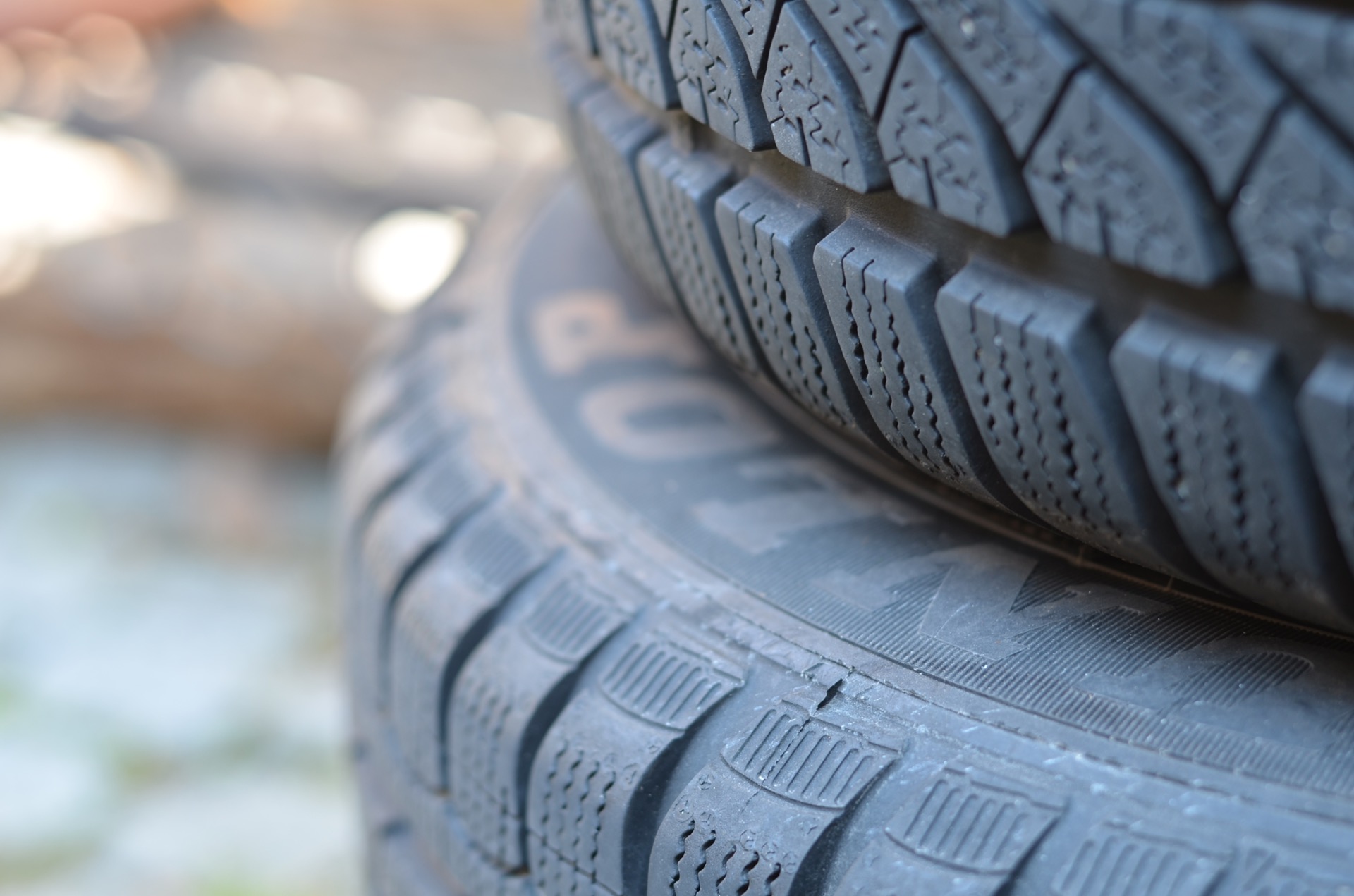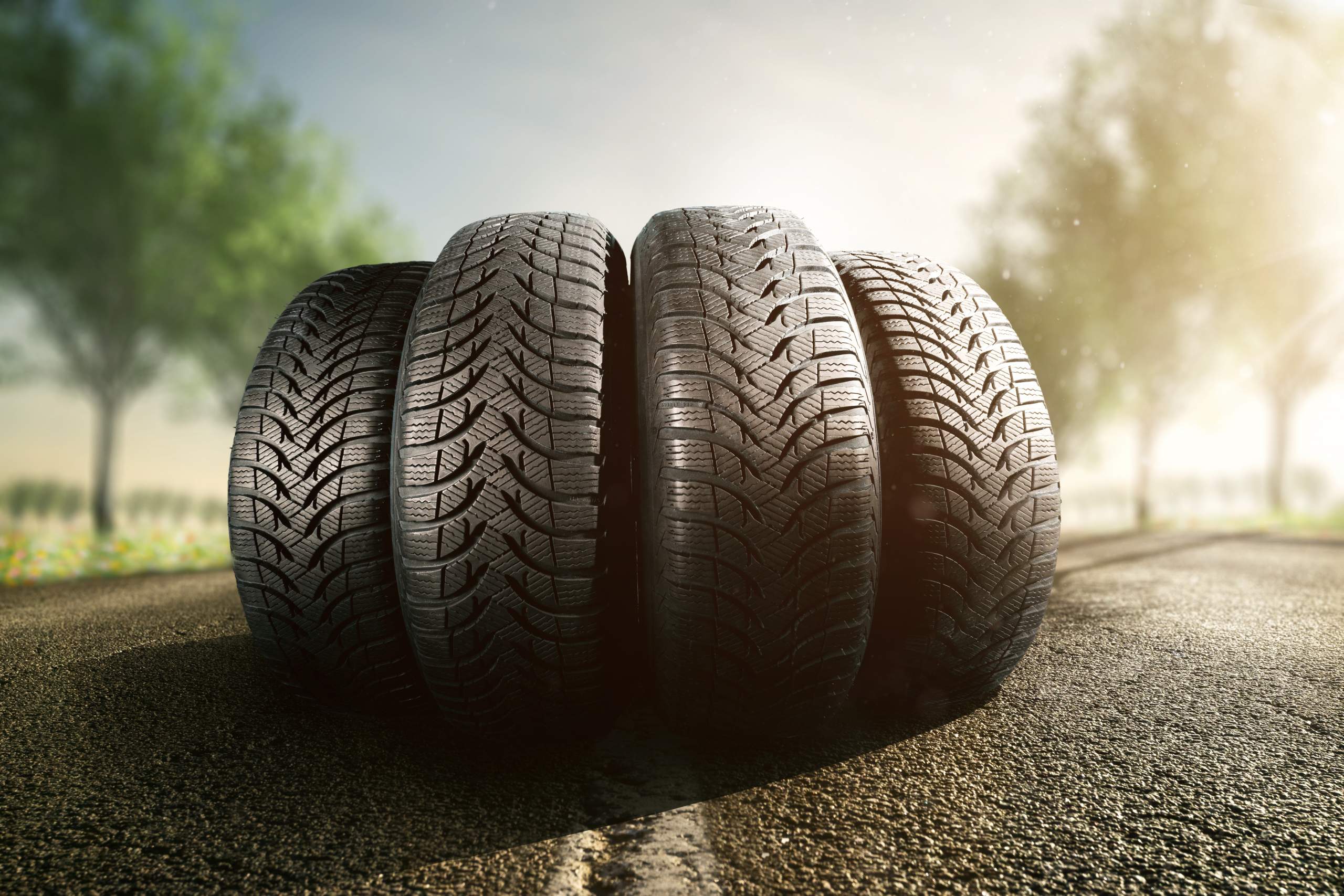Guide to Purchasing Reliable Used Tires
Learn how to purchase used tires that offer reliability and safety without overpaying. Our guide makes it simple.

Used Tires Quality is a subject that is crucial to every car owner and enthusiast. Nobody wants to compromise safety by installing poor quality used tires on their vehicle. Luckily, you've stumbled upon the right place. This comprehensive guide will steer you through the intricacies of purchasing reliable used tires, ensuring both your safety and your wallet's happiness.
A Complete Guide to Used Tires Quality
Understanding what defines the quality of a used tire is pivotal to making a safe and cost-effective purchase. Allow this guide to become your road map in navigating through the array of options available in the market.
Table of Contents
- Know Your Tires
- Why Tread Depth Matters
- Understanding Weathering
- Examining for Damage
- Legal Considerations for Used Tires
- Buying with Confidence
- Used Tires Quality Checklist
Know Your Tires

First and foremost, understanding your tires is the key to buying quality used ones. Each tire is stamped with a plethora of information, including the size, speed rating, and manufacturing date. Having a firm grasp of this information will strengthen your ability to make informed purchasing decisions.
Size: In simple terms, tire size correlates to the diameter and width of the tire. This information is usually displayed as a combination of numbers and letters on the tire’s sidewall. It's paramount to match the size of the used tire with that specified by your vehicle’s manufacturer to ensure optimum performance.
Speed rating: The speed rating is a measure of the maximum speed that tire can handle. It's represented by a single letter and should always meet or exceed your driving needs and conditions.
Manufacturing date: The manufacturing date, commonly displayed as a four-digit number, indicates the week and year your tire was made. It's generally recommended to avoid used tires more than six years old due to the risk of degradation and failure.
The Language of Tires
"It’s like learning a new language.", some people say when first trying to understand tire codes. Consider this your quick-start guide to this language. But, practice makes perfect! Spend time familiarizing yourself with these codes and soon it will be a second language to you.
Why Tread Depth Matters
Tread depth is a critical aspect of tire safety, as it directly impacts your vehicle's grip on the road. A fresh new tire typically starts with 10/32" or 11/32" of tread, while a tread depth of less than 2/32" (approximately 1.6mm) indicates that the tire is legally worn out.
- Measure it: You can measure tread depth using a simple tool known as a tread depth gauge. Alternatively, the "penny test" is a popular method that uses a penny to see if the tread depth is still above the wear limit. Insert a penny into a tread groove with Lincoln's head upside downwards. If you can see all of Lincoln’s head, the tire’s tread has worn below the safety limit.
- Wear pattern: While measuring tread depth, also take note of the wear pattern. Uneven wear might indicate issues like alignment problems or tire inflation issues in their previous installation. Such tires are to be avoided as they might not offer optimum performance.
Understanding Weathering

All tires weather over time due to exposure to oxygen and ultraviolet light. This effect, known as weathering, can rapidly accelerate the aging process of the tire and can lead to sidewall cracking, reducing the tire’s safety performance. While all tires weather, used tires may experience this at an accelerated rate due to misuse or poor storage conditions.
Therefore, before purchasing a used tire, visually check for signs of excessive weathering. This would be marked by noticeable cracking along the sidewall. If such an item is identified, it might be prudent to steer clear from that purchase, no matter how tempting the price tag.
Examining for Damage
A crucial part of purchasing used tires is examining them for visible damage. Even the smallest punctures, cuts, or bulges can have significant implications on a tire's performance and safety. Here's a simple two-step process to inspect potential purchases:
- Outside inspection: Start by checking the tread and sidewall on the outer side of the tire. Pay attention to any signs of punctures, cuts, or bulges. These defects can often be hard to spot, so ensure you inspect carefully.
- Inside inspection: Just because the outside looks fine, that doesn't mean the tire is in good shape. Ensure you also inspect the inside of the tire for similar damage. Forgotten puncture repairs or damage from brake components can sometimes be only visible from the interior.
The Importance of Thorough Examination
The key to finding solid, reliable used tires is a meticulous examination process. Always remember, it's better to spend an extra minute on inspection rather than risking safety on the road.
Legal Considerations for Used Tires
The legality of using second-hand tires is a topic that often raises questions. Globally, there's generally no definitive law against the sale or purchase of used tires. However, regulations about minimum tread depth and overall tire condition do exist. You must ensure that the used tires you're considering meet any legal requirements in your locality. Researching local legislation and consulting with legal professionals can help clear up any confusion.
Buying with Confidence

Now that you are equipped with this knowledge, it's time to dive into the marketplace of used tires. But where should you start? Here are a few tips to help you buy with confidence:
- Know your needs: Understand your driving habits and know what kind of tire suits your needs best. All-season, winter, or performance tires - each serves a distinct purpose.
- Research sellers: Choose reputed sellers who provide a clear description and photos of the used tires. Reputed sellers are also more likely to provide an honest account of the tire’s condition.
- Check return policy: Make sure that the seller has a fair return policy in case the tire does not meet your expectations or the information provided was inaccurate.
- "Quality over price": Do not be tempted by low prices; prioritize quality instead. Remember, cheap tires might end up costing more in the long run if they fail prematurely or lead to safety issues.
Used Tires Quality Checklist
To finalize, let's compile everything discussed into a handy checklist to make your decision making process even more streamlined:
- Size match: Is the tire size specified by your vehicle’s manufacturer?
- Inspection: Have you checked the tire’s tread depth and wear pattern? Did you closely observe for any visible signs of damage or excessive weathering?
- Legality check: Does the tire conform to local laws and regulations?
- "Seller credibility": Have you researched the selling party and their return policy?
- Quality over Price: Is the tire in sound condition, despite its price tag?
This comprehensive guide has empowered you with valuable insights in buying reliable used tires. Now, road safety won't be compromised as you take charge of your tire purchases. Always remember, quality has no shortcuts. Happy buying and safe travels!
What's Your Reaction?








































































